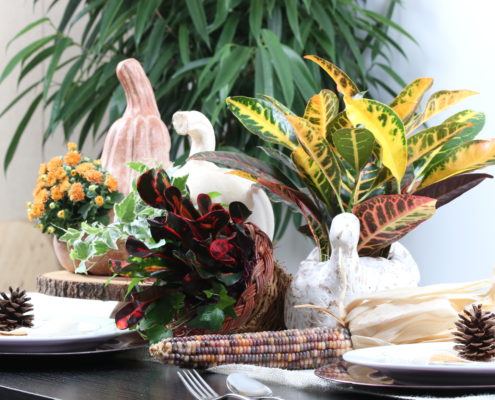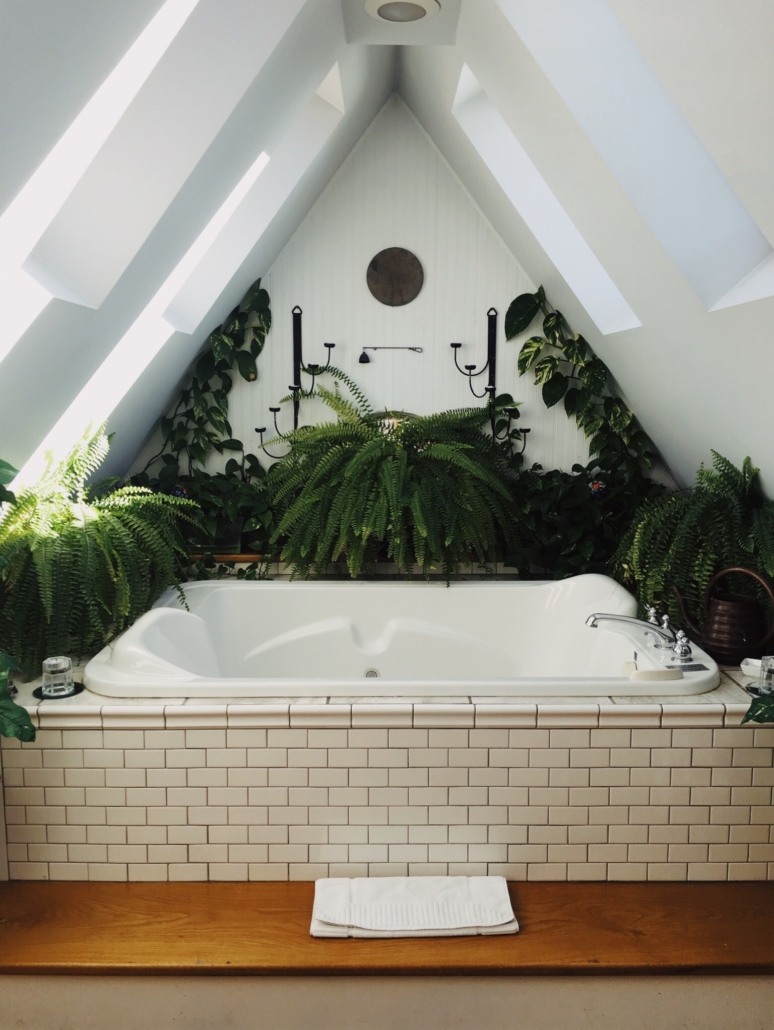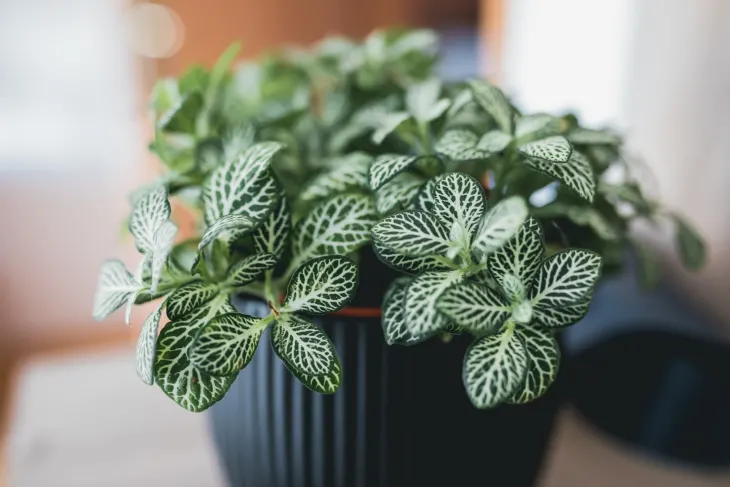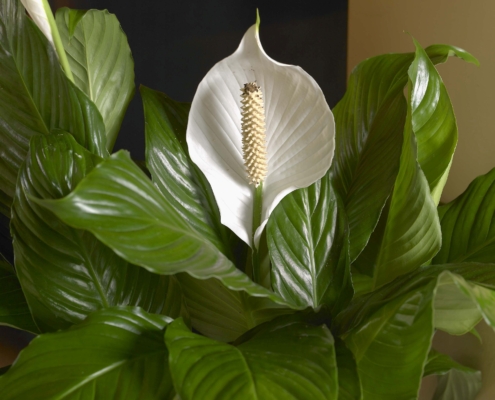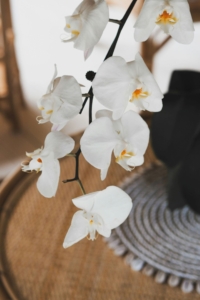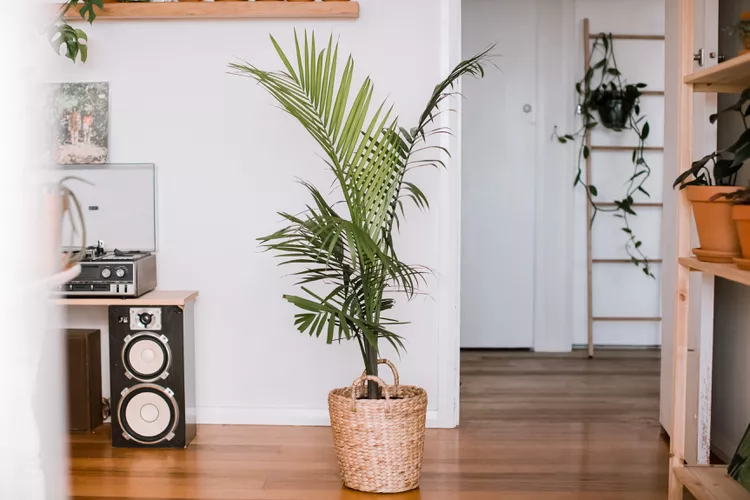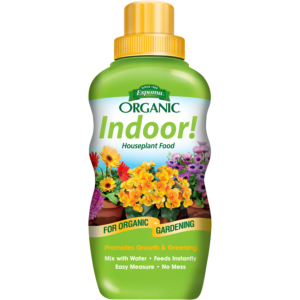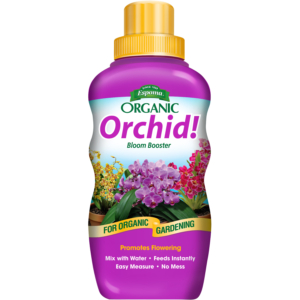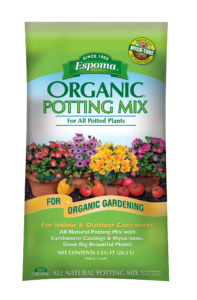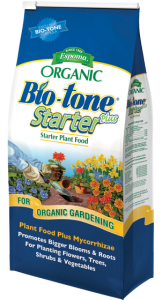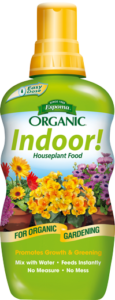Create the Perfect Centerpiece for Fall Gatherings
Between the excitement of Halloween and the wonder of winter, fall can sometimes be pushed to the wayside. Not anymore.
While your fall decorating usually may be limited to a few gourds, this season, deck out your tablescape and call on family, friends and neighbors to come to your place. The table will make any meal special, especially when created with items from your home and garden.
Ways to build your centerpiece:
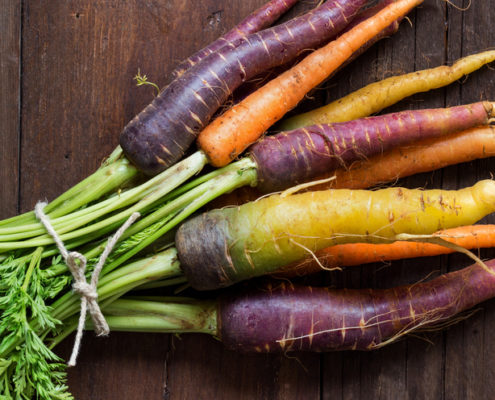
- Use your harvest. Build your own kind of cornucopia full of your hard work of the summer. Take a look at the items you grew in your garden and bring them to the table.
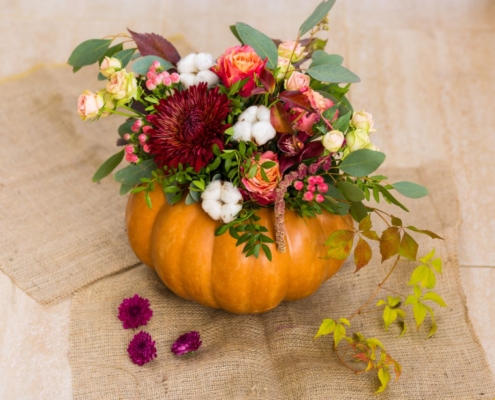
- Bring in the pumpkins. Whether you grew them in your garden or brought them in from the pumpkin patch, pumpkins aren’t finished after Halloween. Since they come in different shapes and sizes, you can have fun making a beautiful tablescape. Don’t like orange? Paint them in any color you desire!
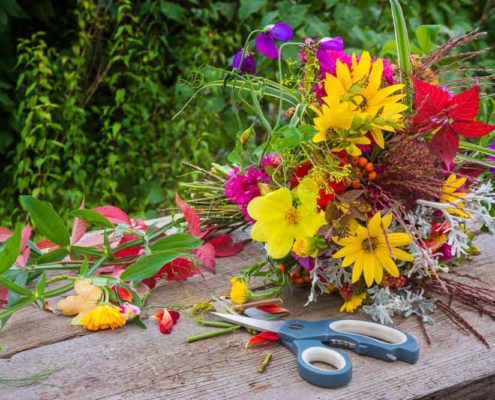
- Make a flower arrangement. Your fall cutting garden is finally ready to shine. Make a wild flower centerpiece by mixing dahlias, golden rod, sneezeweed, coneflowers and more. Add branches and berries, too.
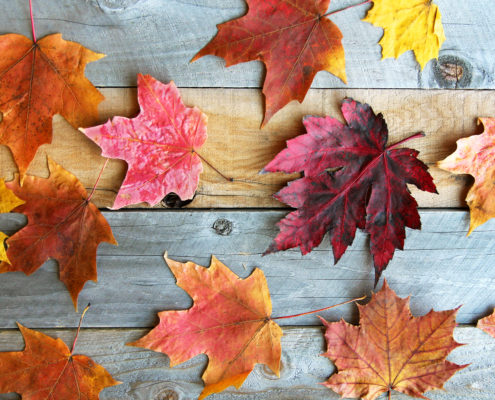
- Fall foliage. The trees in and around your home are putting on a show. Why not bring that inside? Grab colorful leaves, branches with leaves or even boughs of an evergreen shrub and bring inside to add texture.
- Don’t forget houseplants. Used on their own or with a mixture of other items, houseplants can steal the show. Take a houseplant you already own and repot it in a festive container. Refresh the soil with potting mix, first! Find a houseplant with fall colors, such as croton or aglaonema. Give them a bit of Indoor! liquid plant food a few days before the gathering to help perk them up.
Need some inspiration? Laura from Garden Answer creates a succulent arrangement that would be perfect for any table.

